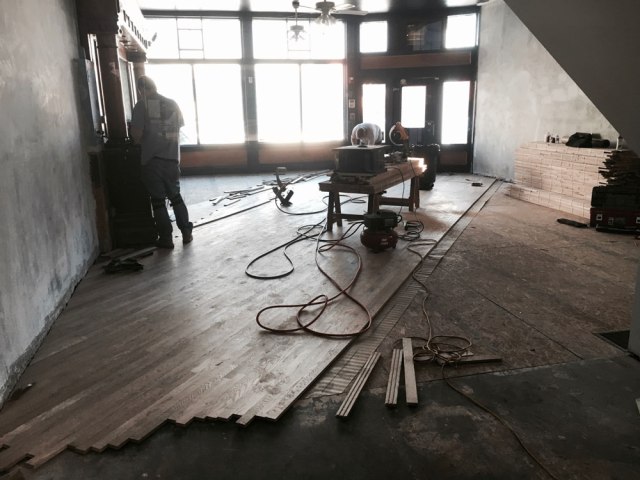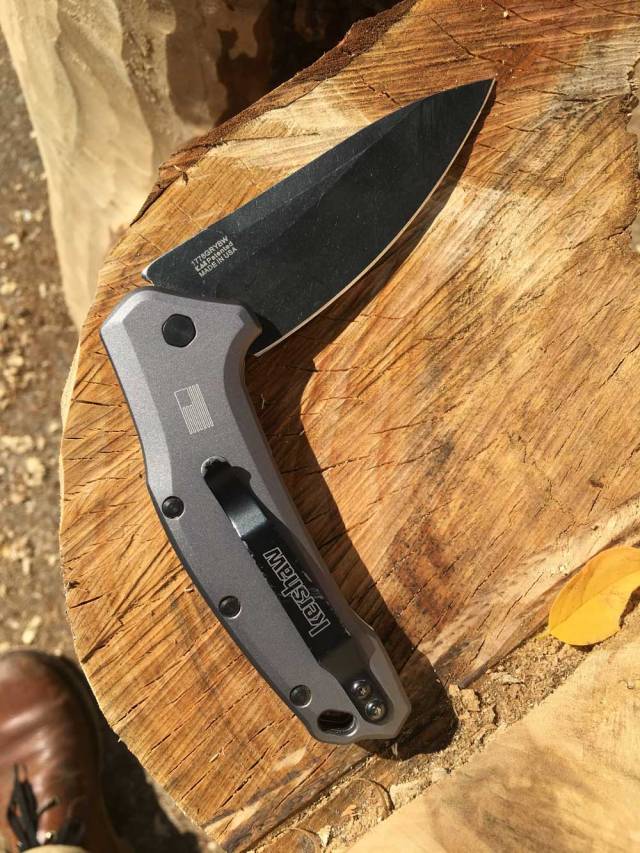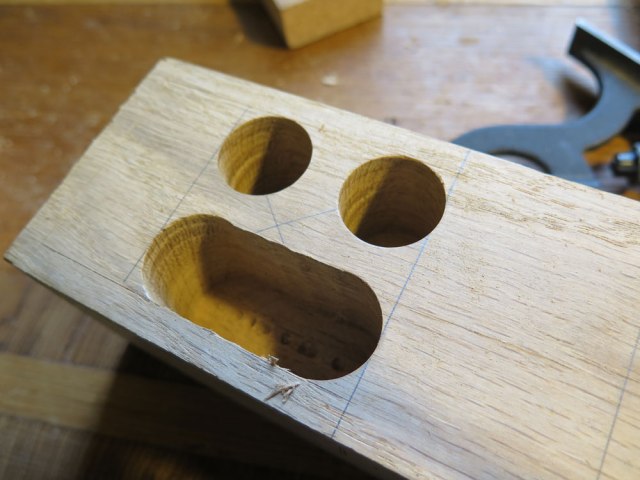Router Plane Fix –
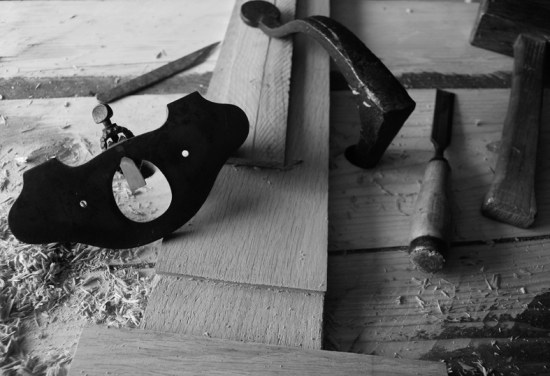
The old Stanley router plane turned up in the mail from a colleague in the States a while back, the box a little crunched and the threaded adjustment shaft was bent. Not a huge problem, but the thing was that it made it impossible to set the iron for anything less than about 3/8” (9 mm). The question was; leave it as is, or try to bend and risk breaking the shaft? Not needing the plane right then, I decided to think about it…
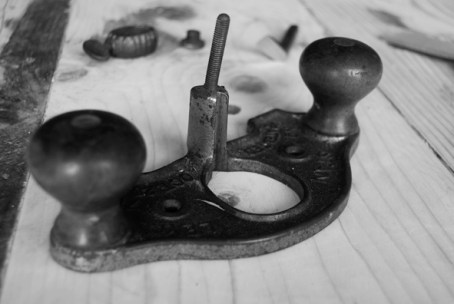
The other day when cutting some tenons for a desk for my daughter Rachel, I decided to try to fix the shaft. I figured even if I broke the shaft the plane would still be usable, as the thumb nut is only used for fine adjustments.
I had had a similar problem on a Record 044 plow plane I bought online a while back. It seemed at the time to be an incredible bargain. When it arrived, I could see why. Sharper eyes than mine… There is a machine screw that holds the irons, of different widths, up against the body and a pressure foot to hold the iron against its bed. Whoever bought the plane way back when seemed not to have understood how the screw and the pressure foot worked together, and had cranked the screw so hard he had bent it. Taking a closer look back at the photos online, you could see the problem, but I hadn’t noticed. The iron couldn’t seat properly and from the looks of it the plane was put back into the box and never touched again. None of the irons had ever even been sharpened.
For the plow plane, I took three regular nuts and threaded them down the screw, aligned them and clamped them in a metal vise and used a big Cresent wrench to bend the screw straight. Worked fine, but in this case, the shaft was a true 1/4” and the 6 mm nuts I have here in France wouldn’t fit. So I knocked together a little jig in 5 mm ply to protect the threads from the vise.
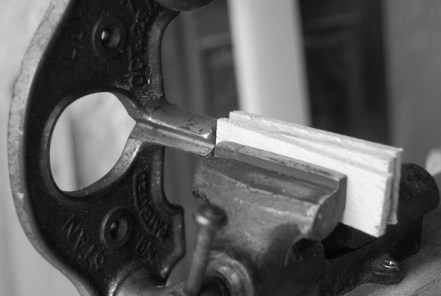
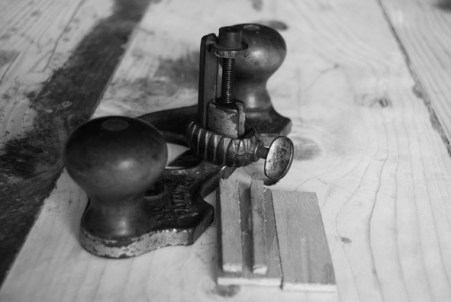
Worked like a charm, not 100% straight, but fully functional.
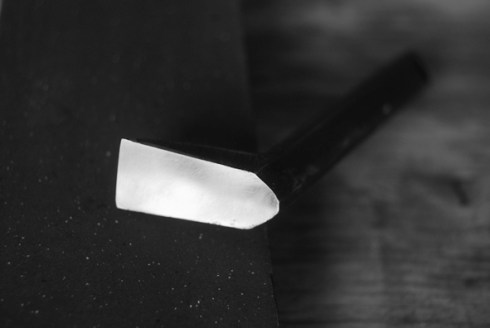
The iron was in pretty good shape, and 15 minutes on the stone got it done.
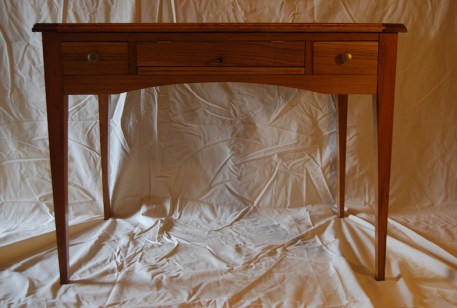
Oak and black locust, with maritime pine as secondary wood.
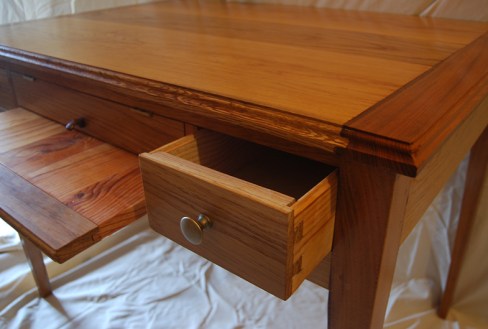
I have always liked a low angle for my wrists for typing, so I added an old-fashioned typing tray, wide enough to take a big laptop or a wide keyboard, with a drawer to store it behind the hinged center piece.
I ended up taking it to a joiner I know to cut the profile around the edges of the top on his table moulder. The end grain of the black locust was just too splintery to cut across it with the moulding plane I wanted to use, even with a sacrificial block clamped onto the end to keep it from tearing out. Other than that, I used a thicknesser, and then the rest was hand tools.
There is a reason it is a cliché among woodworkers to speak of the satisfaction of building something for your family that, as long as it lives in a home, will last centuries: It really is satisfying.
Now, if only someone could tell me what eschauffent means…
– Brian Anderson
Brian Anderson is a translator and woodworker living in France. He is translating the woodworking parts of André Felibien’s Des principes de l’architecture, de la sculpture, de la peinture… avec un dictionnaire des terms for Lost Art Press. The book is due out in the Autumn of 2014. Anderson translated Grandpa‘s Workshop for us.
